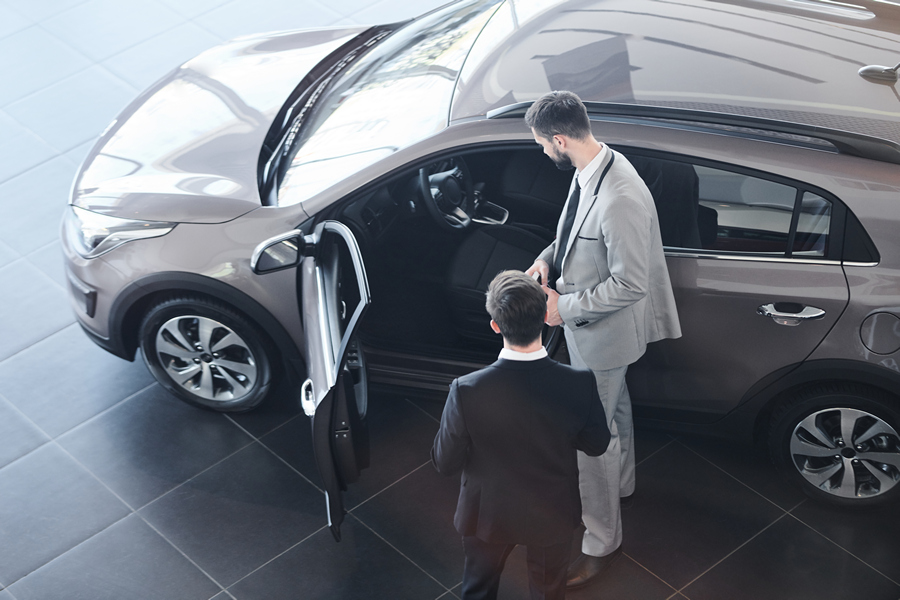Not to be confused with AEB (autonomous emergency braking) ABS is industry-speak for anti-lock brakes, which we now take for granted and don’t necessarily realise when it has kicked in to help prevent an accident.
Before ABS, if you jumped on the brake pedal too hard, the brakes would actually overcome the grip of the car’s tyres and the wheels would stop turning. It’s called brake lock-up.
When wheels aren’t turning, physics insists they’ll skid in a straight line, even if the steering wheel is turned.

When that happens, the rest of the car won’t steer either and will simply continue straight ahead, usually into whatever it was that caused you to jump on the brakes in the first place.
Why hit the brakes so hard? Unfortunately, it’s the natural response to do so: If some braking is good, more must be better, right?
How does ABS work?
The ABS control module features a sensor that looks at whether the wheels have stopped turning, even though the rest of the car is still moving.
If it detects brake lock-up, the computer releases the brakes for a split second – just long enough to get the wheels turning again so you can steer the car around the kangaroo/pedestrian/stray dog/ or whatever else it was that caused you to stomp on the pedal.

ABS control module
This all happens while your foot is still firmly on the brake pedal, meaning the brakes will lock up again almost immediately, and then release and so forth up to twenty times a second.
This means the ABS will maintain braking pressure while slowing down as fast as possible and allowing the driver to maintain control, which gives you a better chance of losing control and avoiding impact.
However, while ABS could reduce stopping distance time by preventing an uncontrolled skid, it is a passive safety system – the effectiveness of which relies on the car’s brakes and the driver’s response time.
Article courtesy of WhichCar

